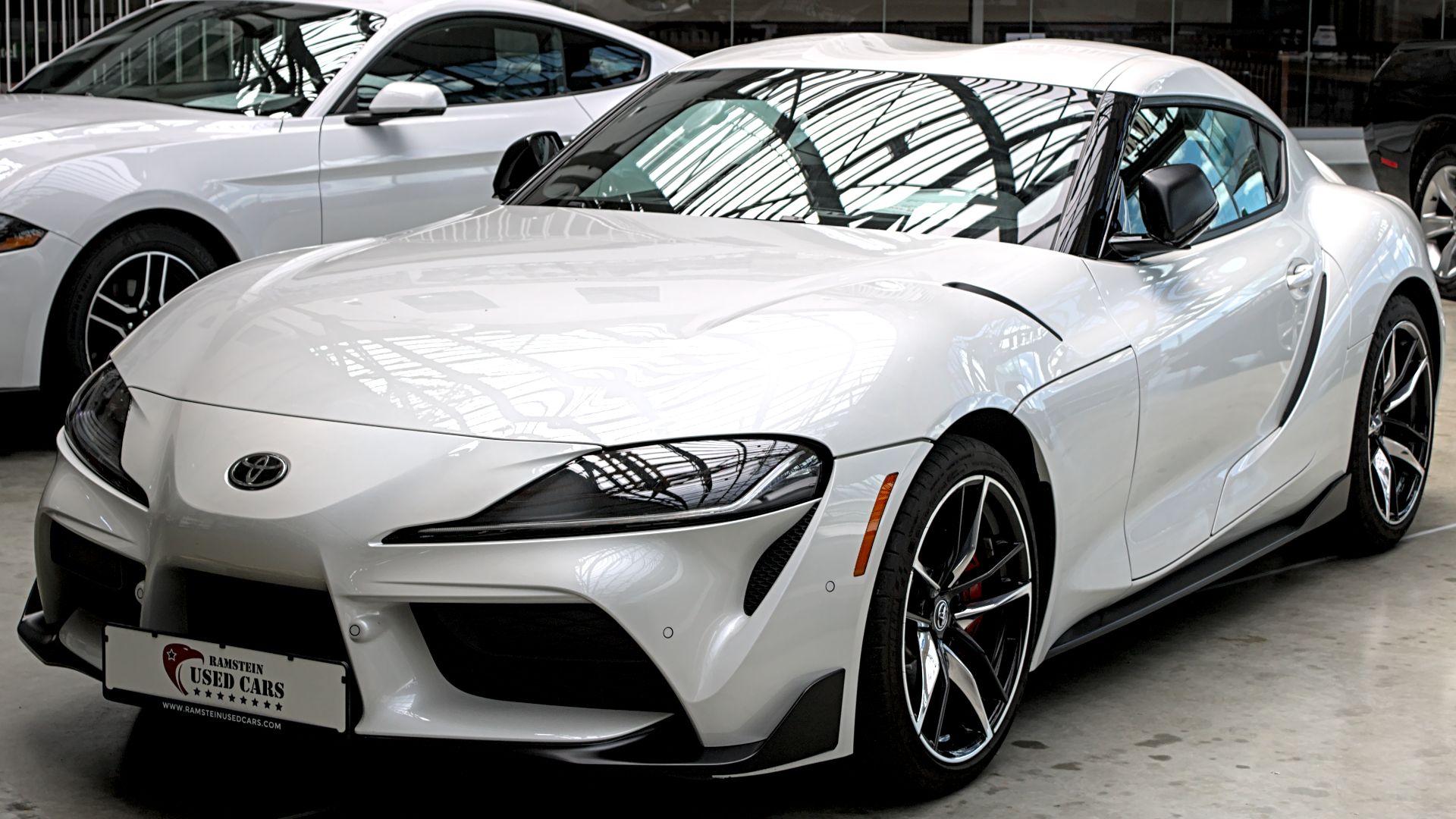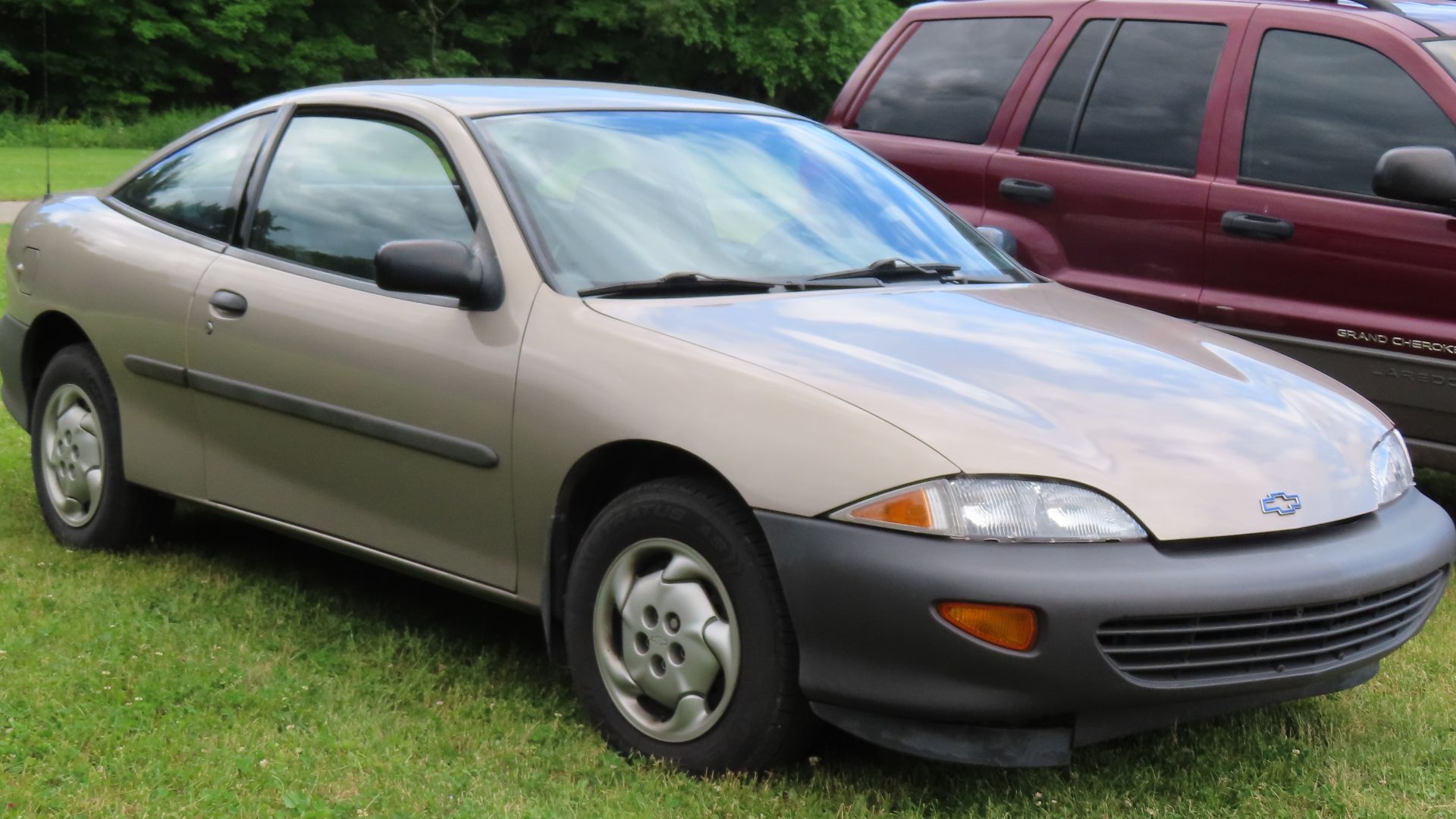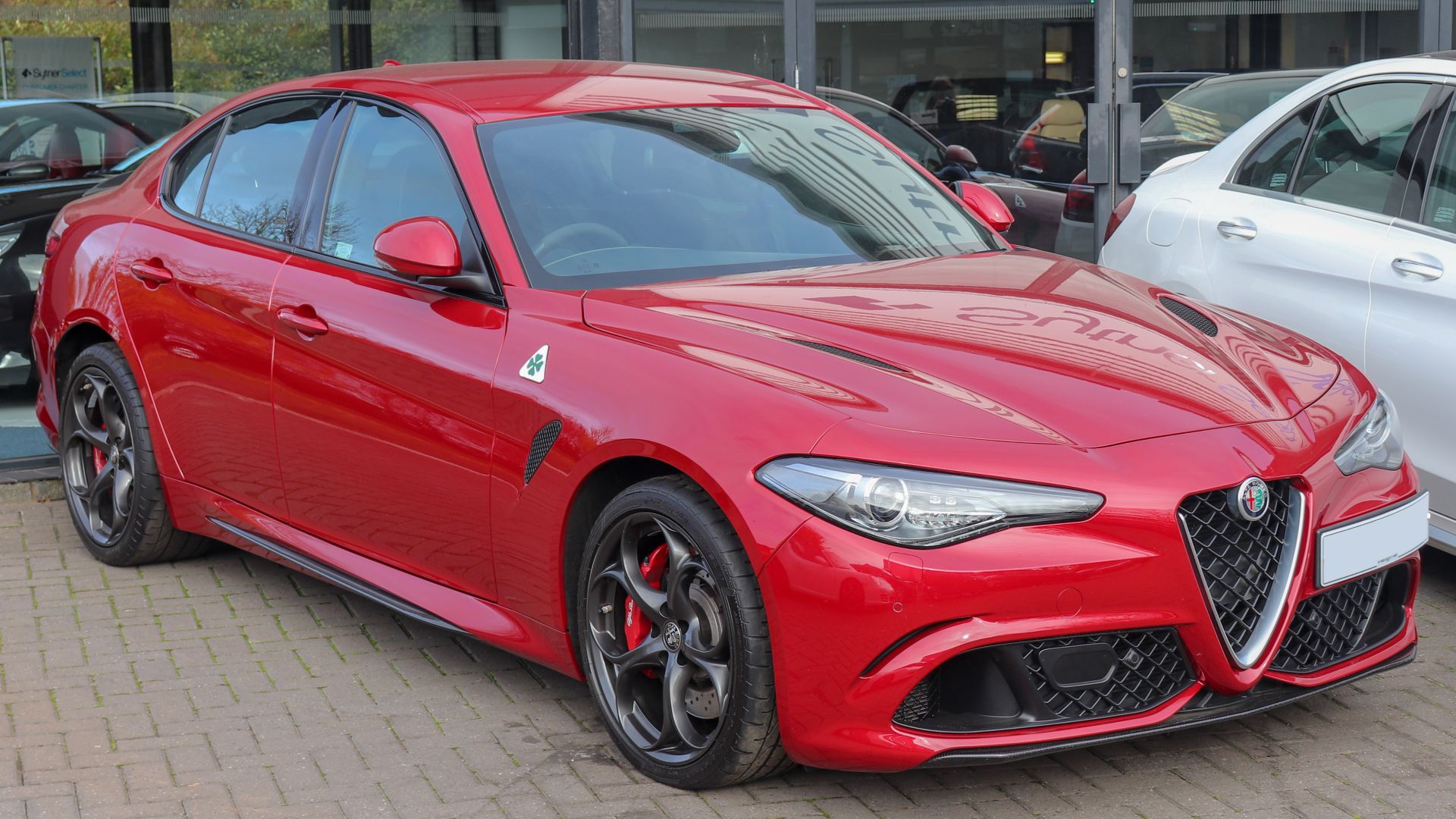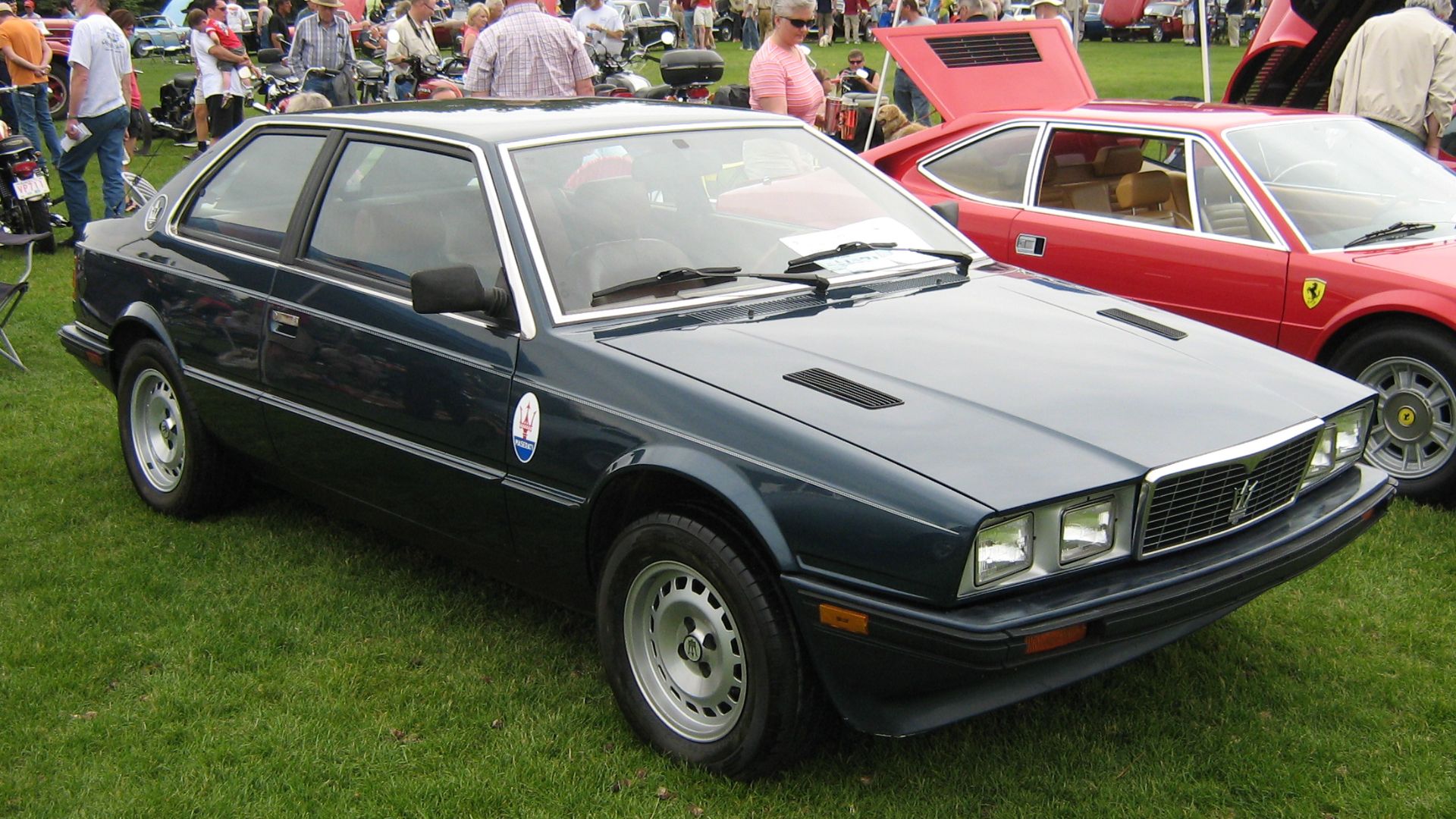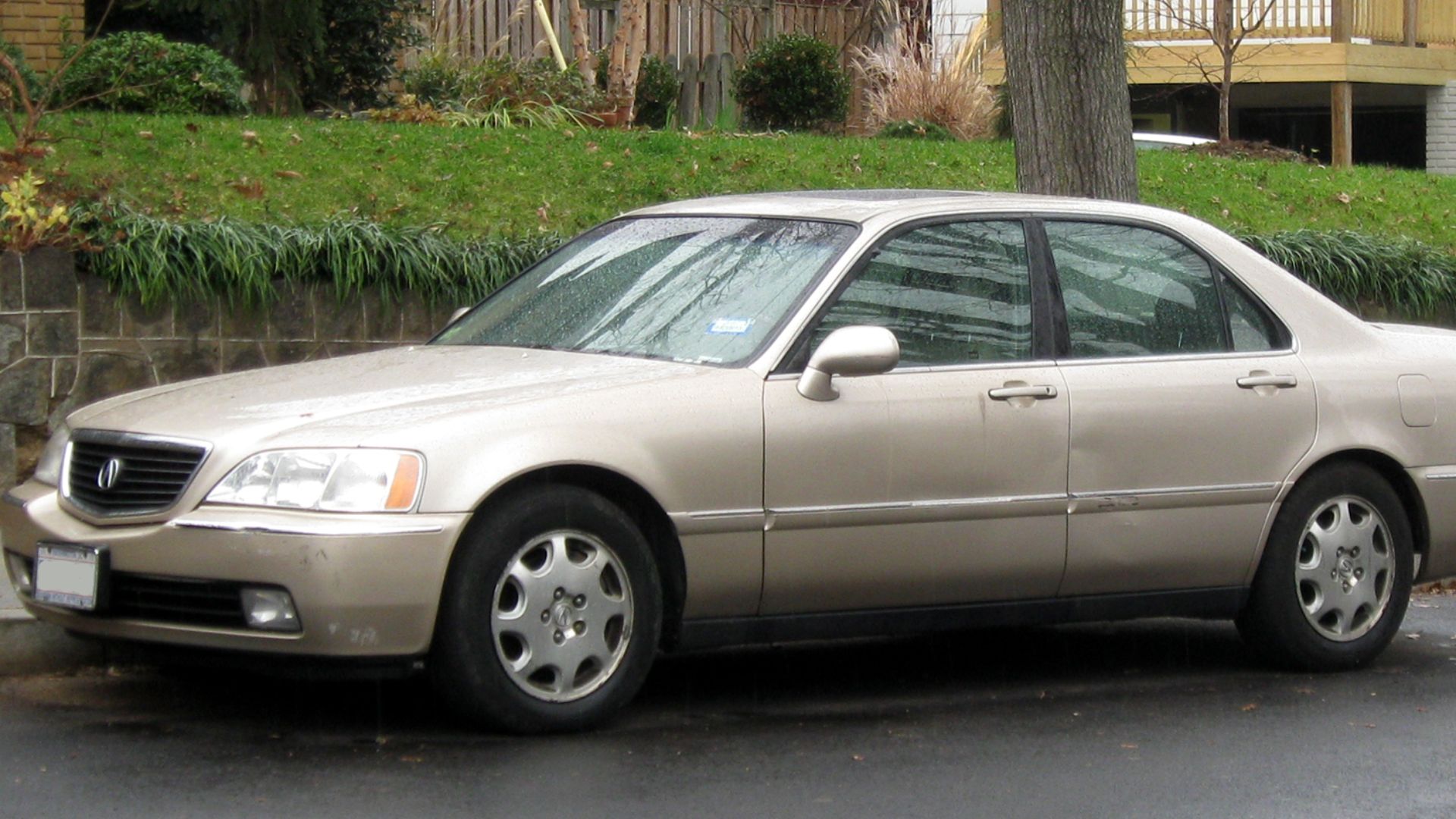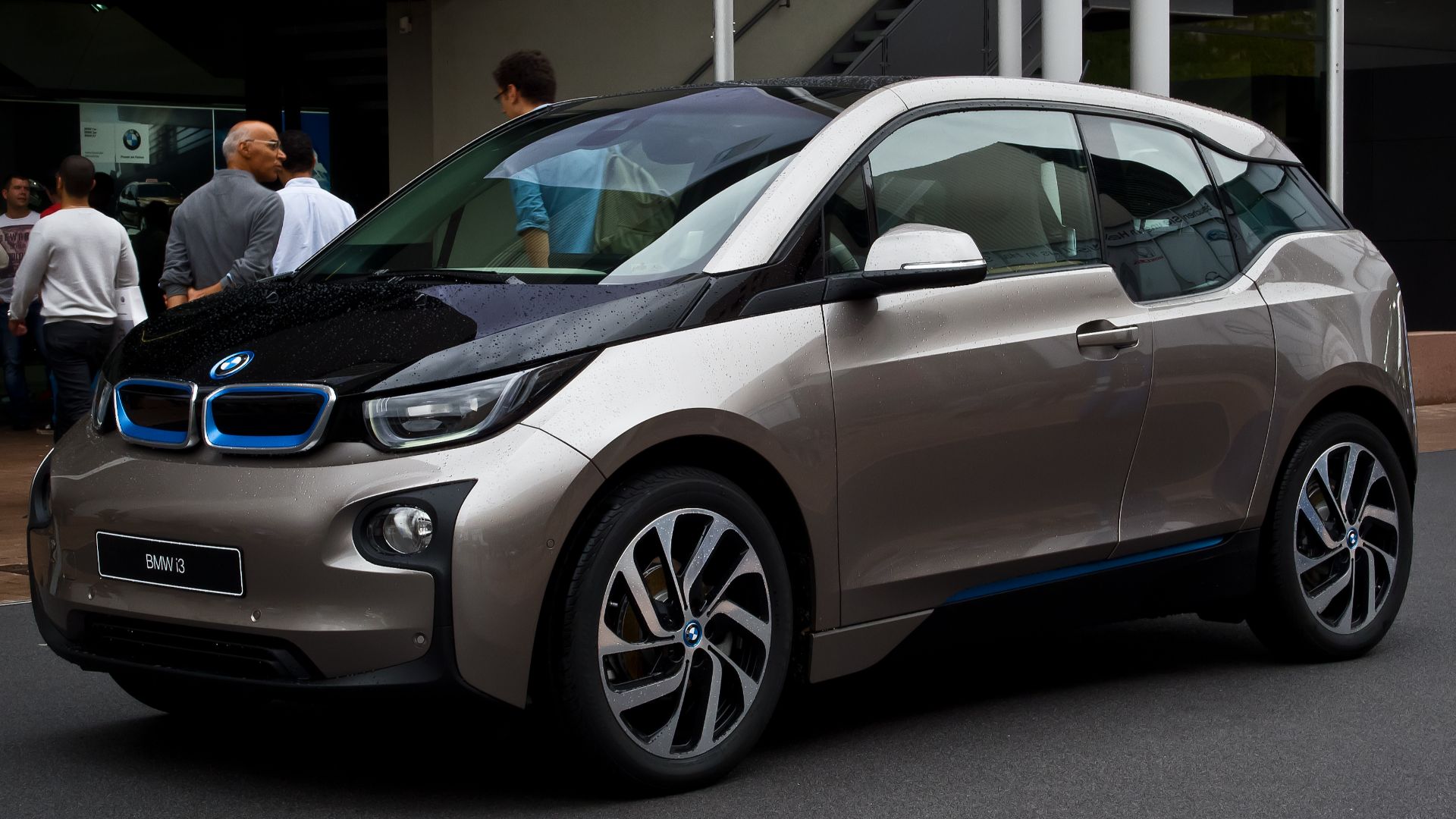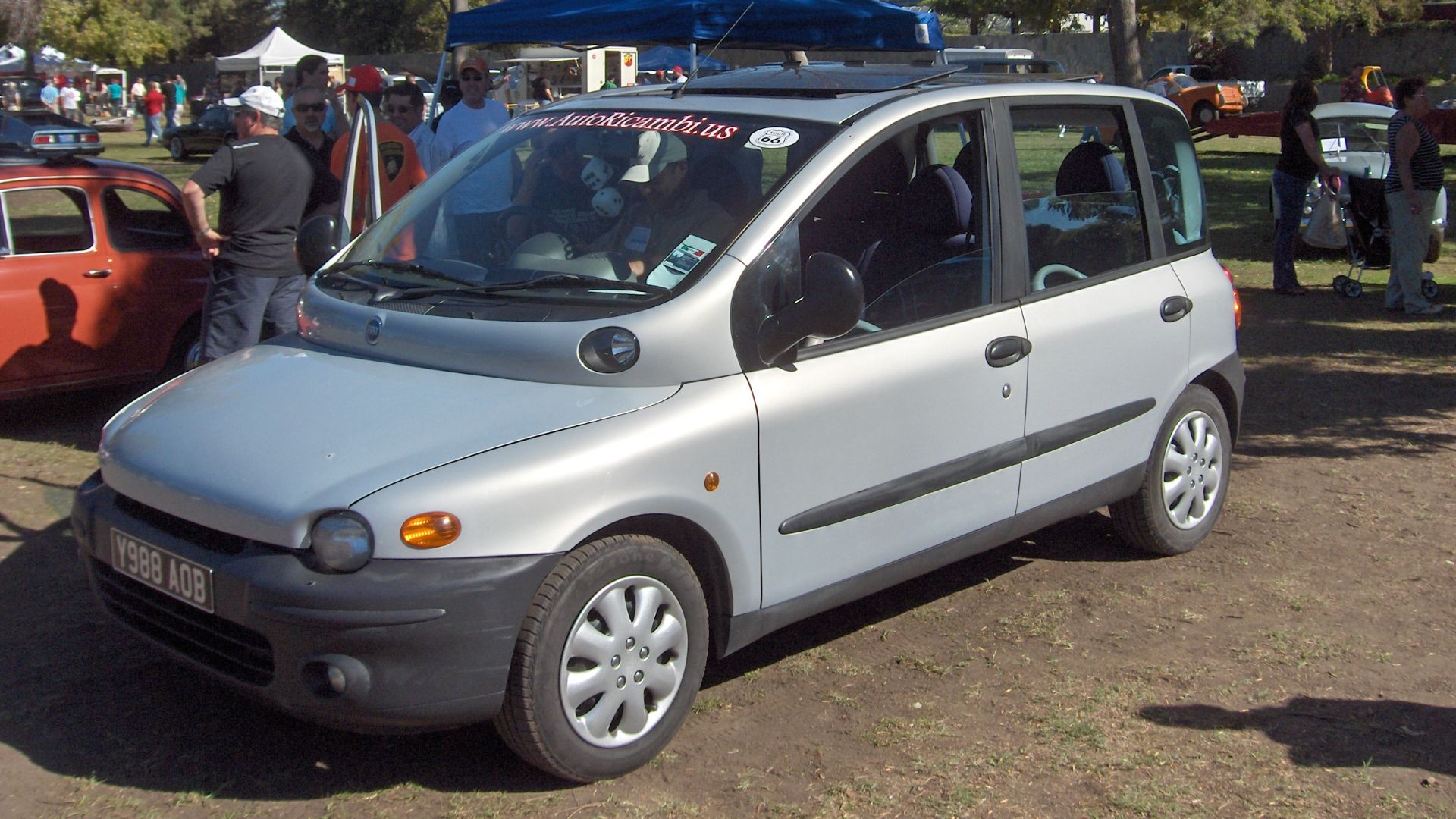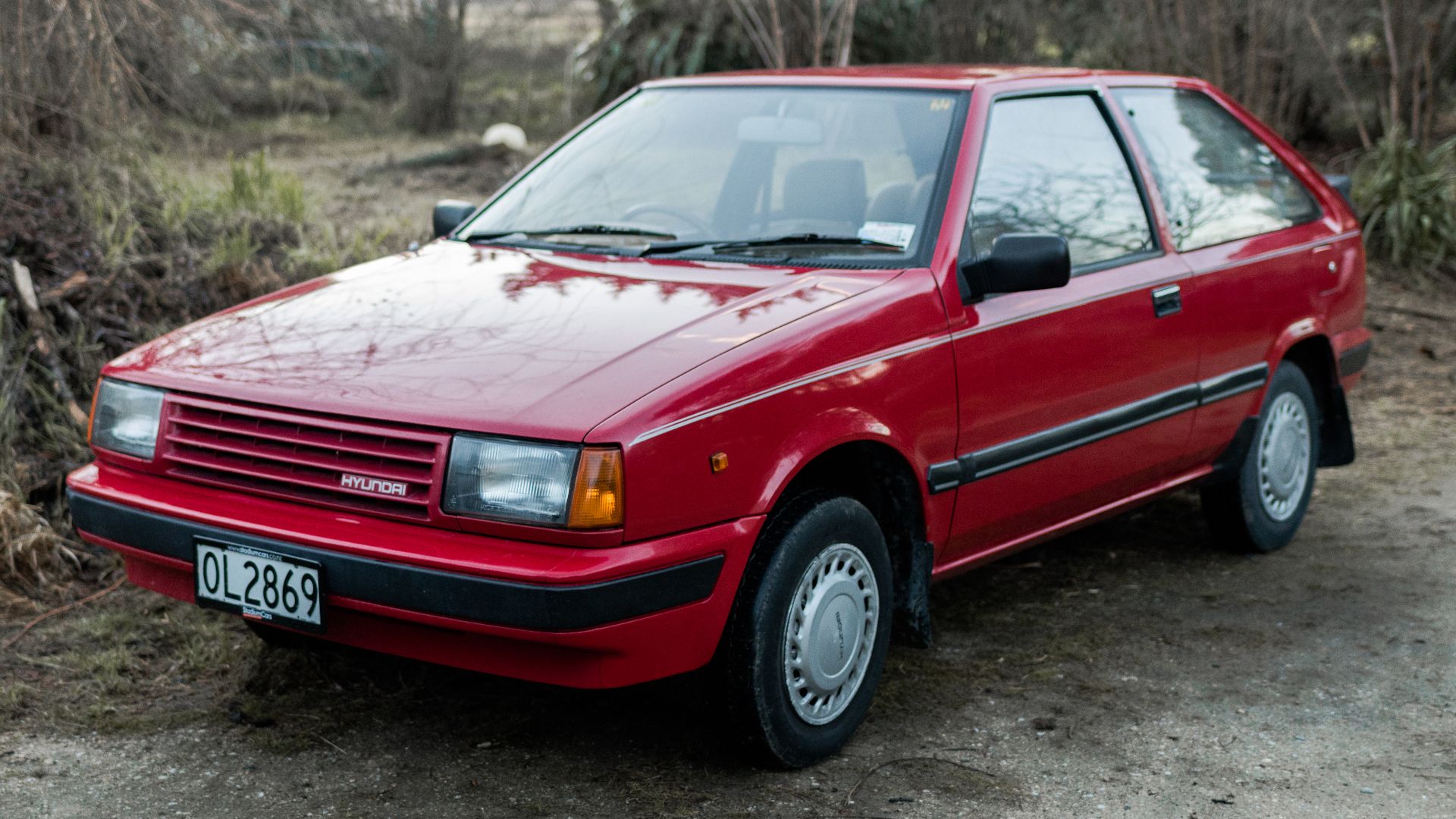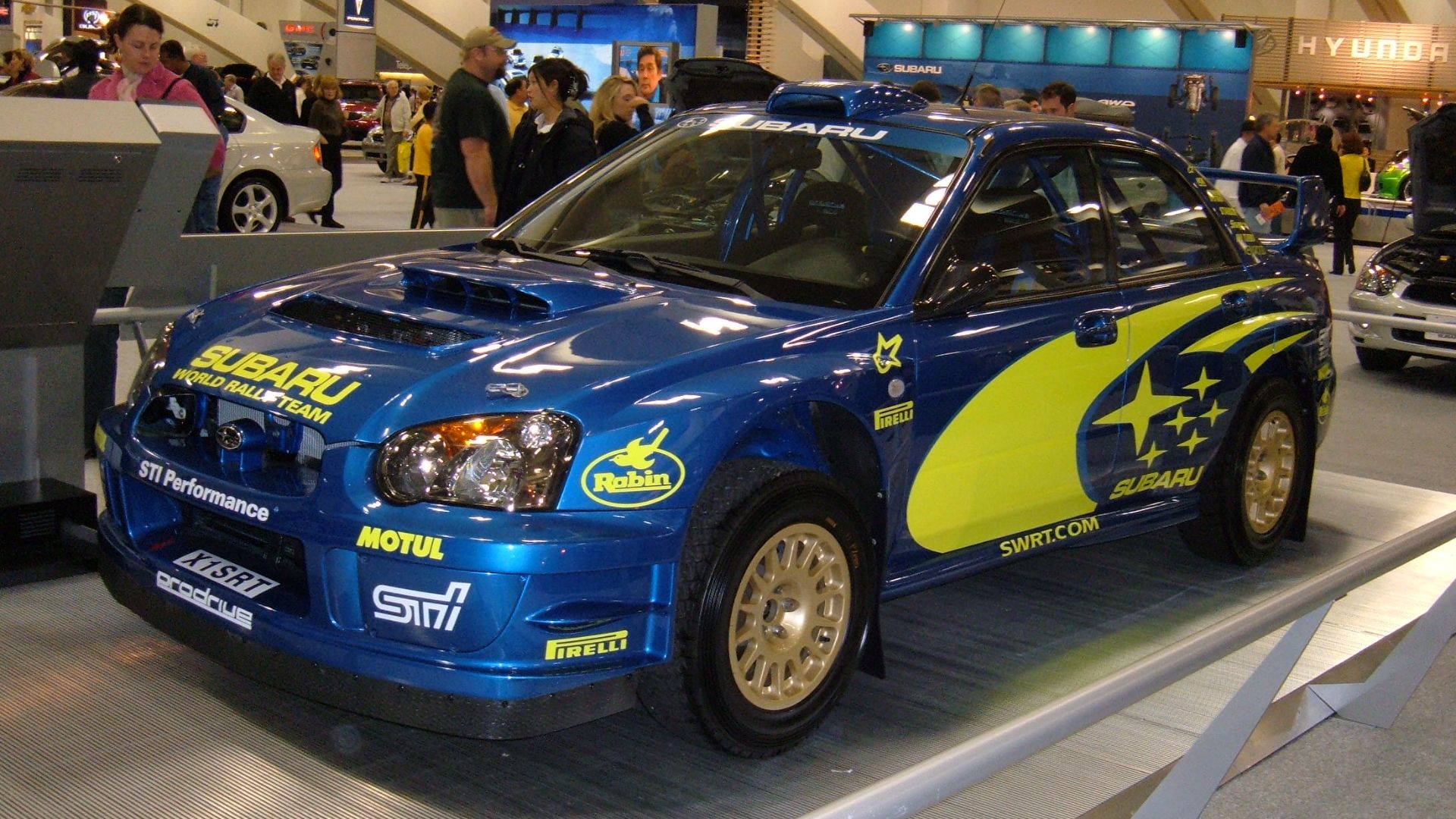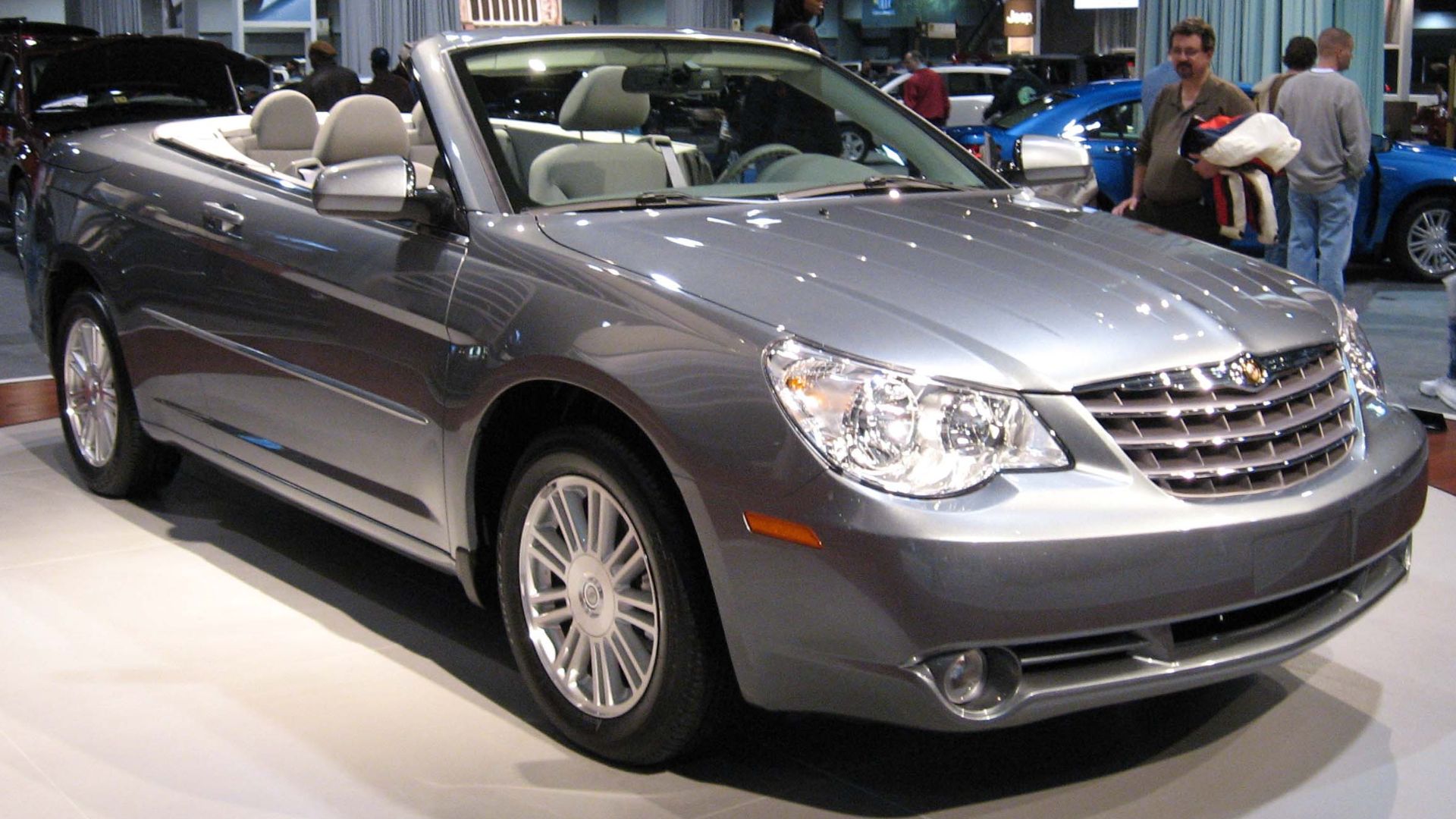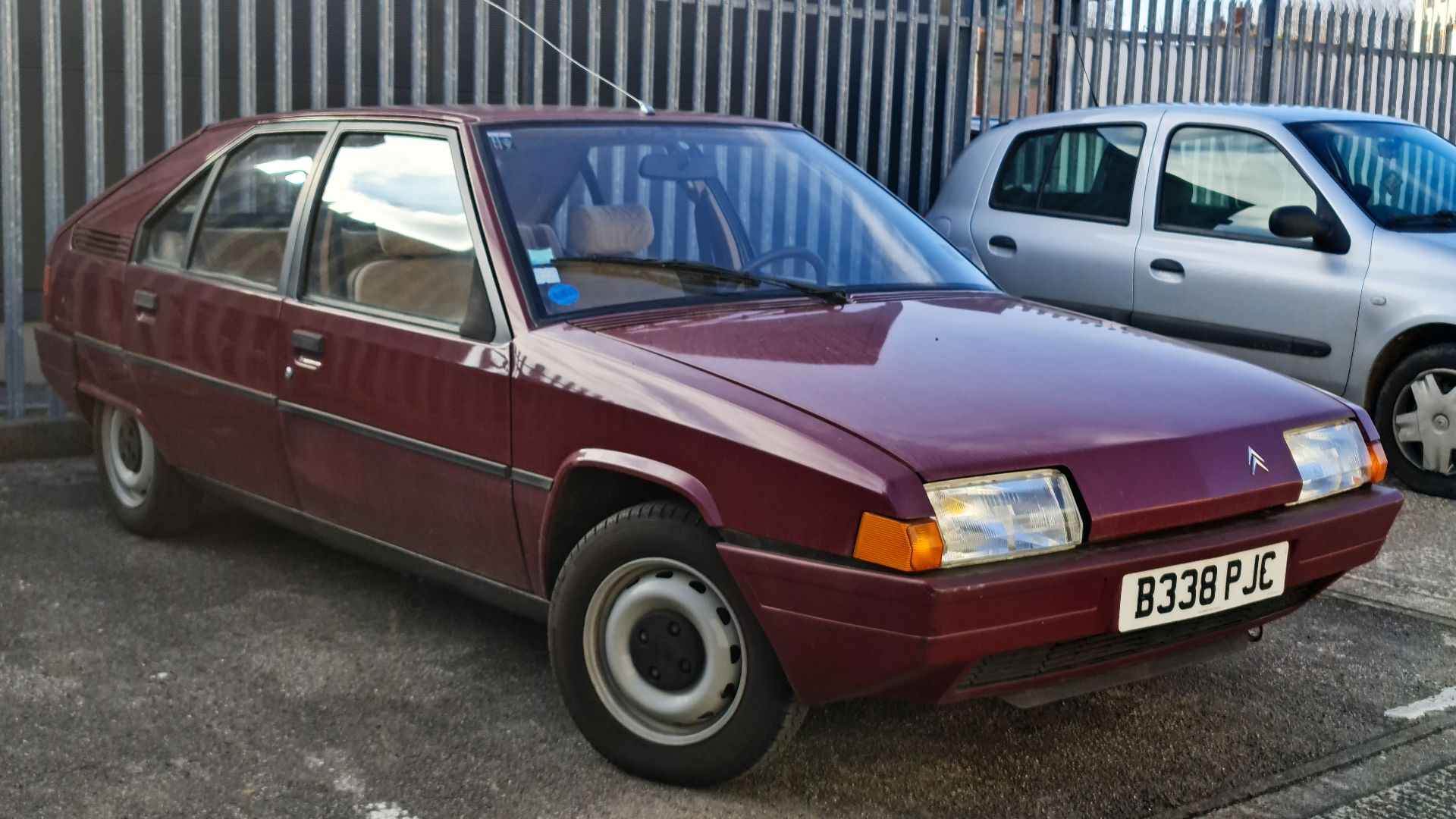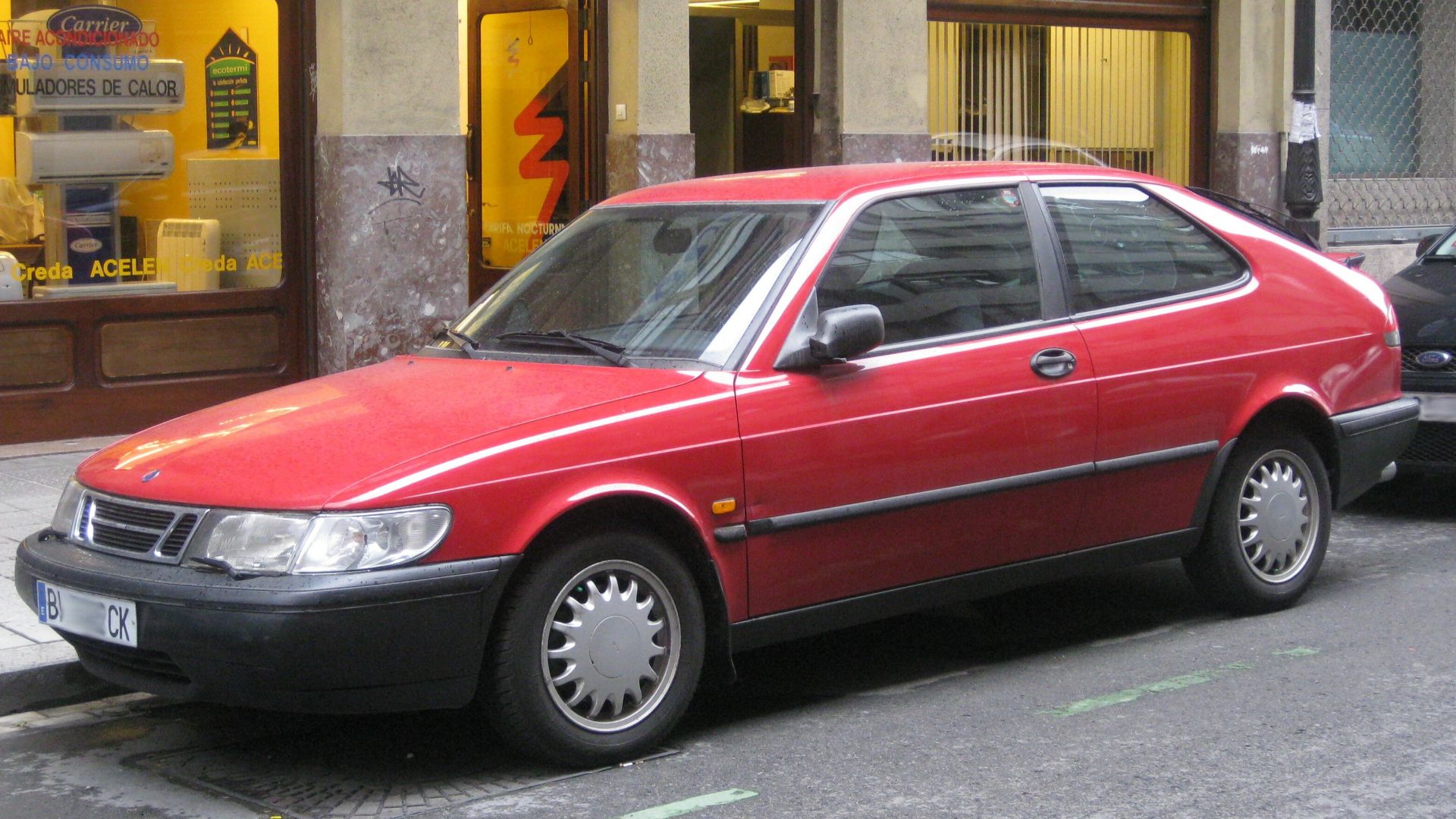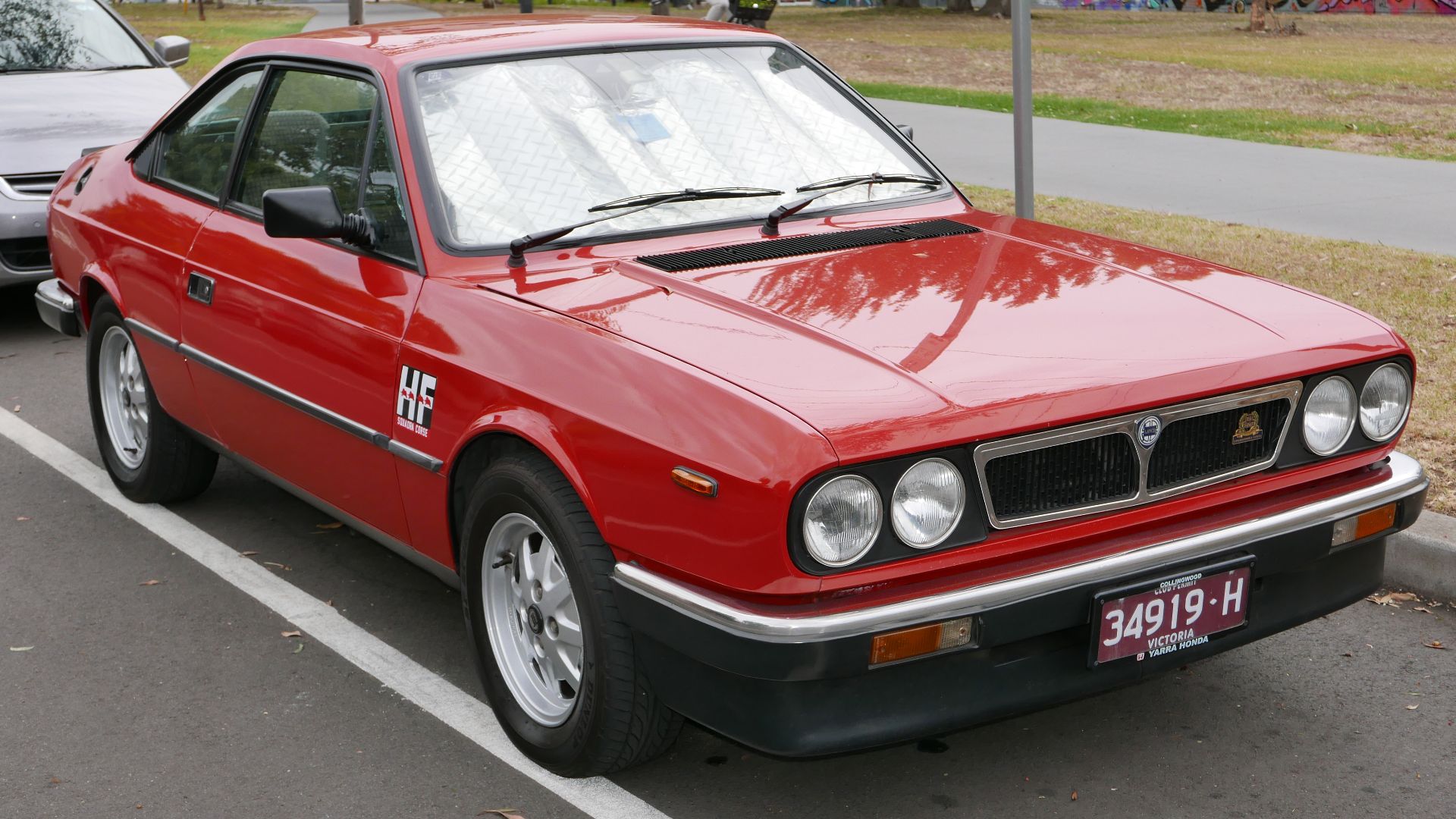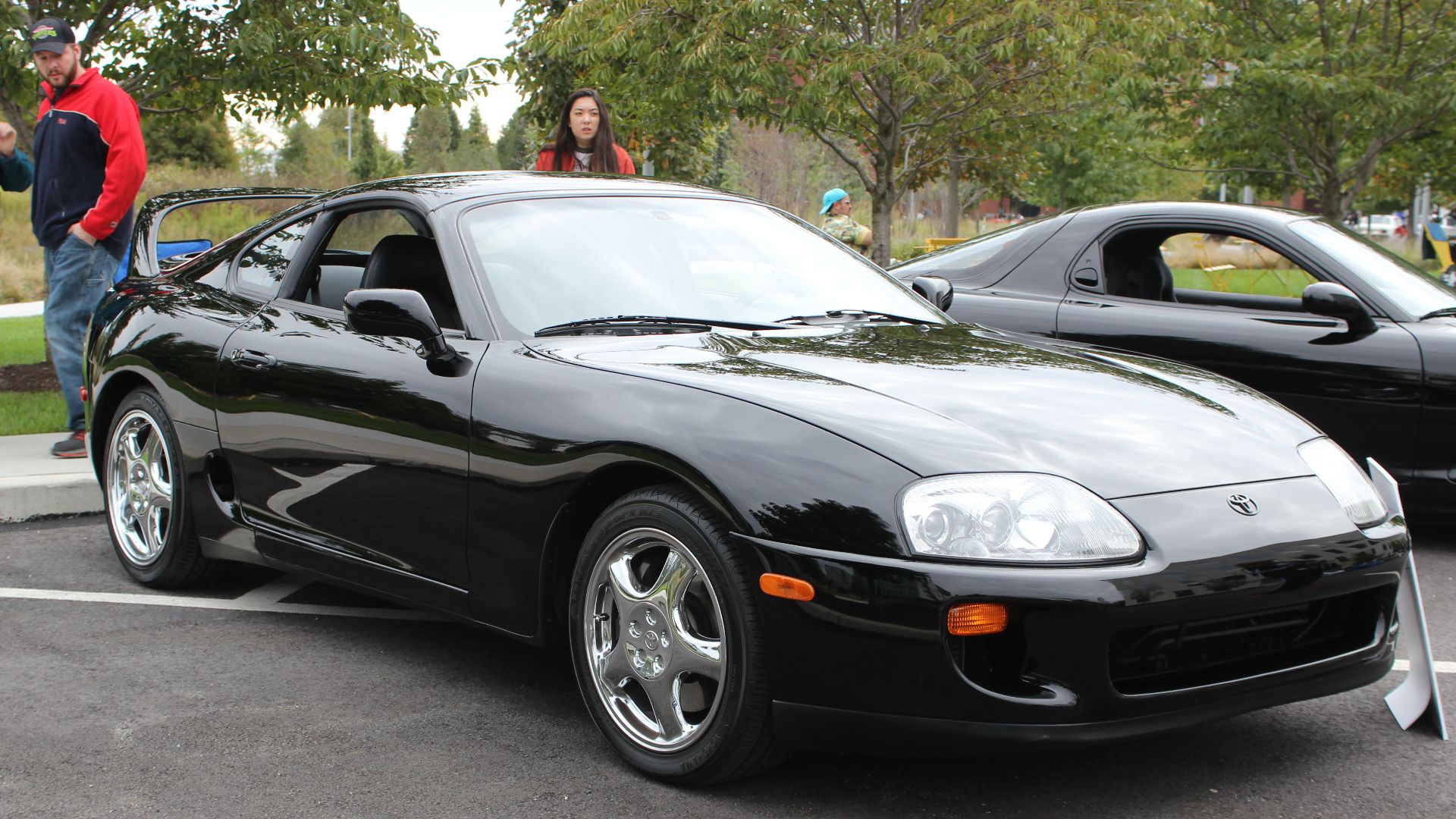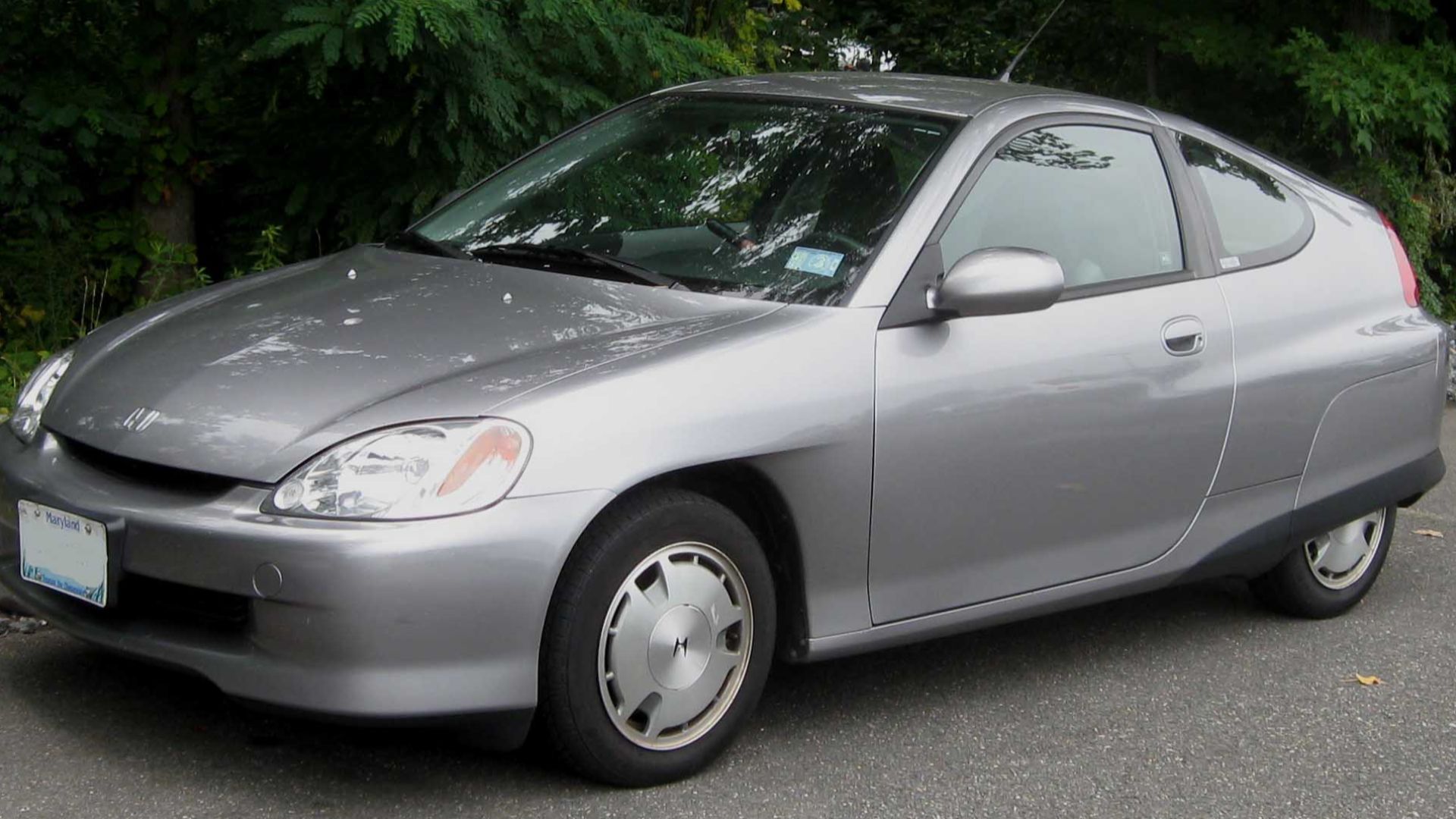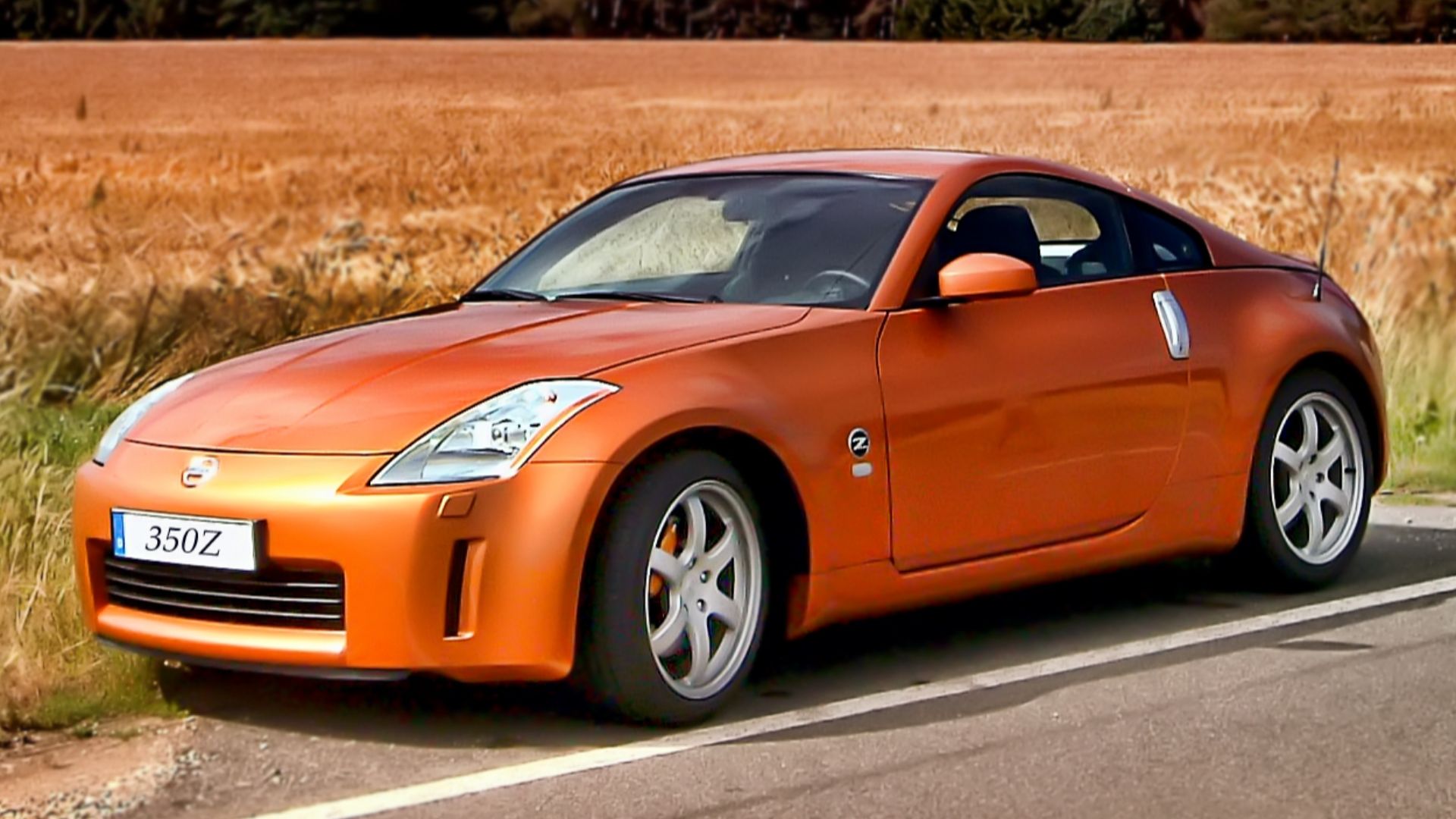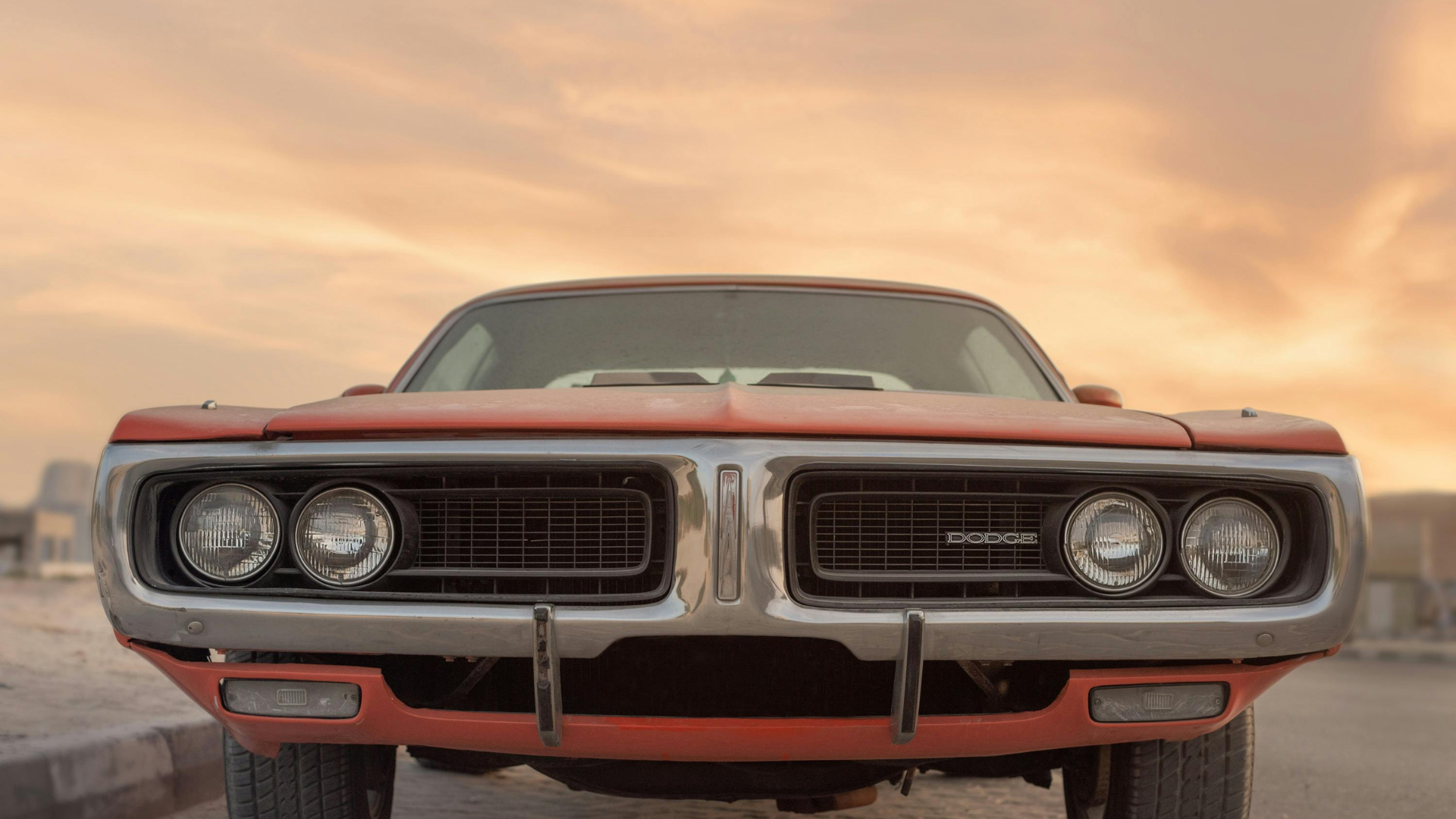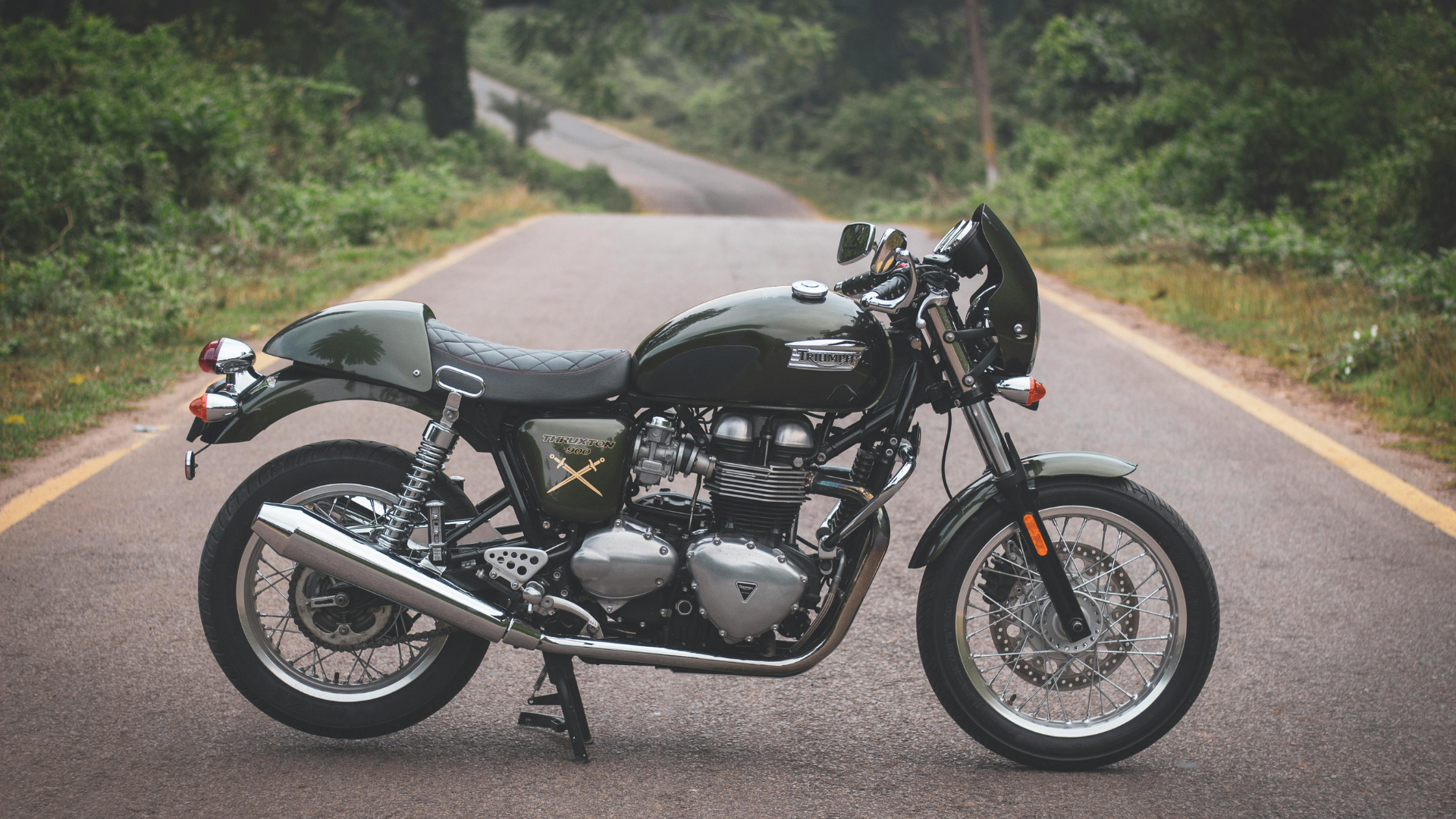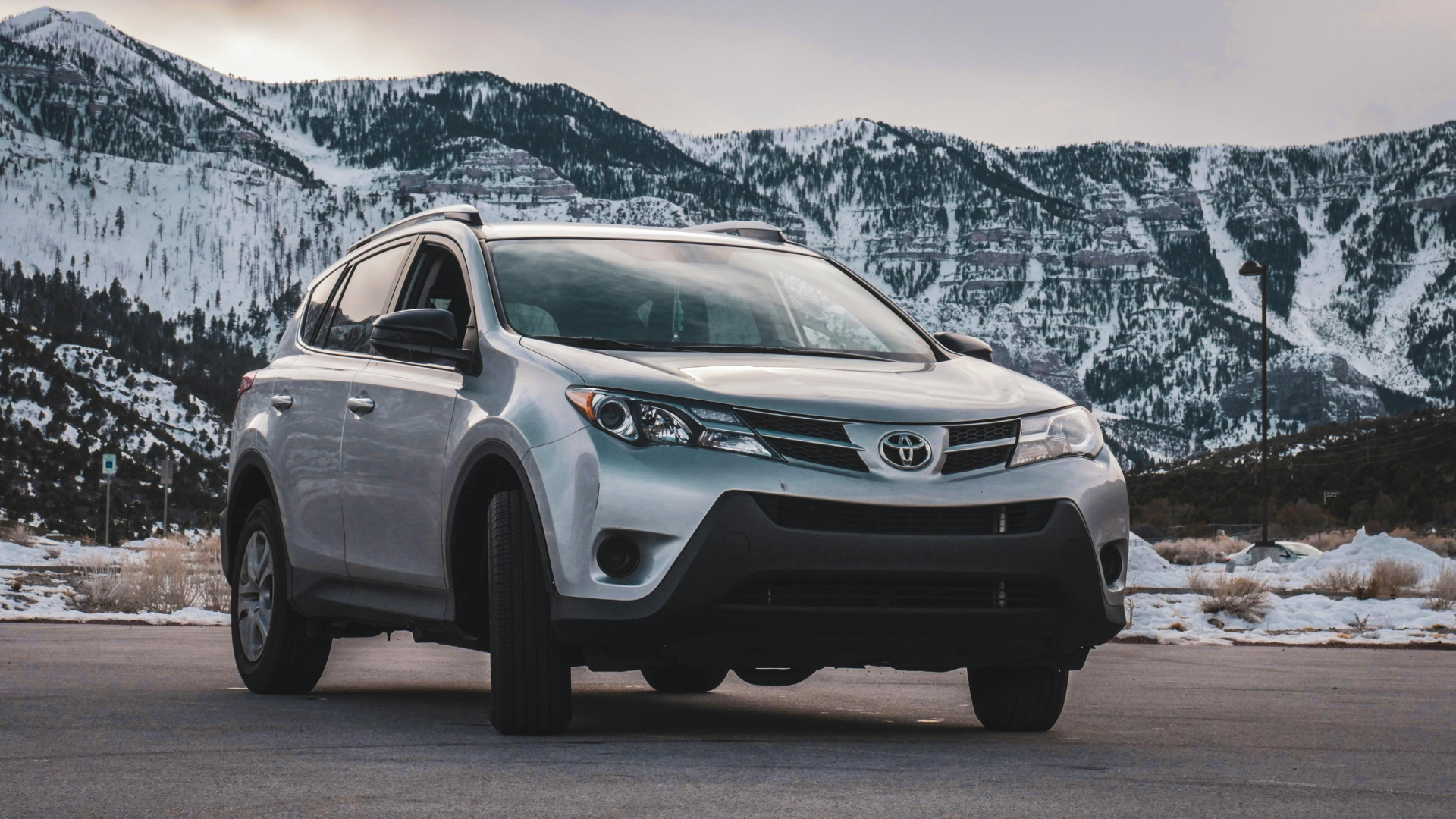The Long Road To Glory
Some cars nail it the first time. Others spend years tripping over design flaws, performance fails, and endless reboots before finally earning drivers’ respect. Every brand has that one model that took way too long to figure out—but when they did, it changed everything. Buckle up as we go through 20 cars that prove getting it right can be a long and winding ride.
1. Ford Pinto (1971–1980)
Now remembered for infamy rather than innovation, Pinto's quick turnaround—just 25 months—proved disastrous. After early fuel tank flaws made headlines, Ford eventually patched its safety record through recalls and redesigns. It became a lesson in why speed can’t replace solid engineering.
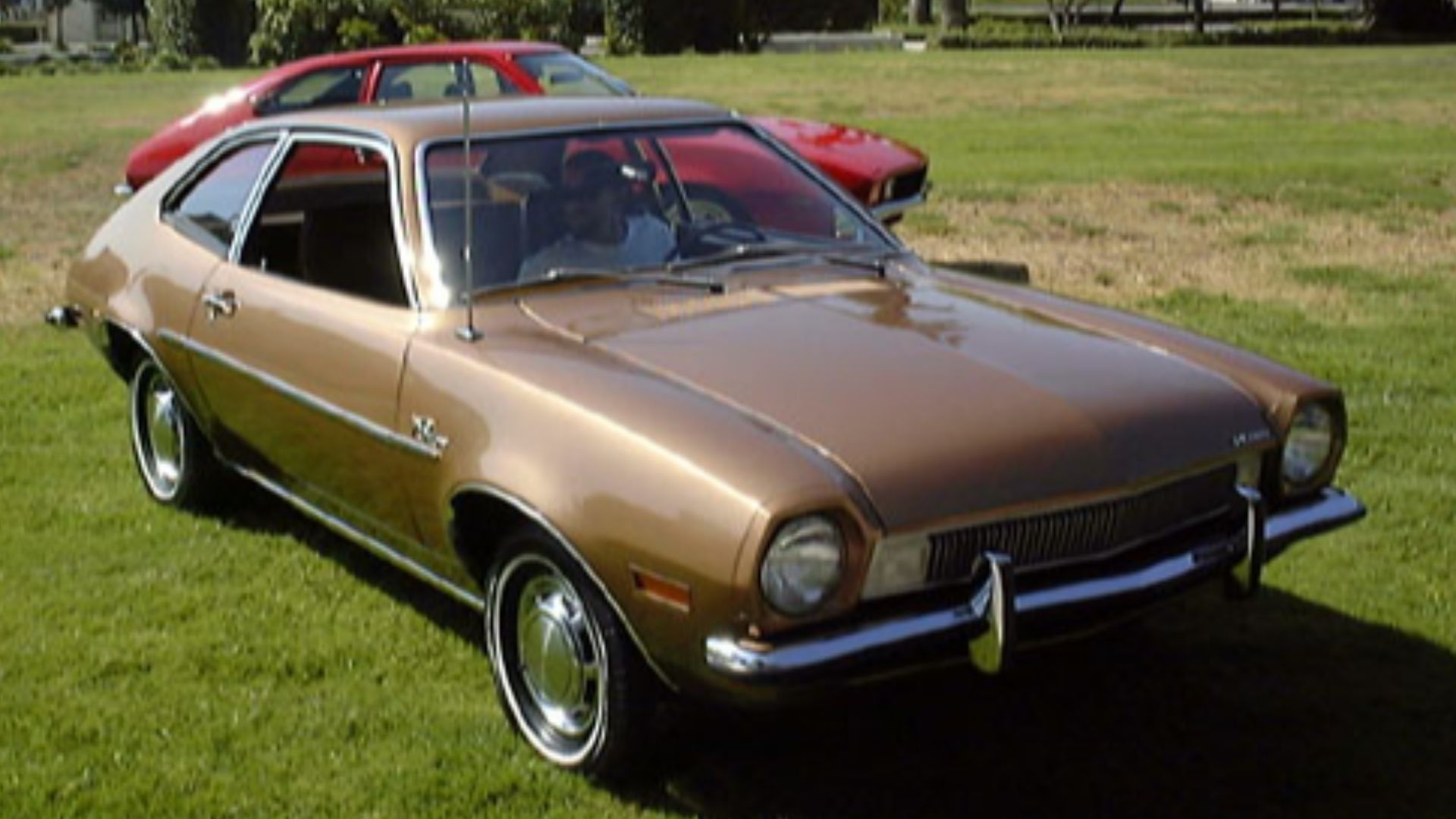 User Morven on en.wikipedia on Wikimedia
User Morven on en.wikipedia on Wikimedia
2. Chevrolet Cavalier (1982–2005)
What began as a forgettable economy car slowly found its footing. When it was first released, the Cavalier felt flimsy and underpowered, but Chevrolet kept improving performance and comfort. By the 1990s, it had evolved into a practical, trusted commuter.
3. Alfa Romeo Giulia (2015–present)
Early Giulias faced stubborn electrical faults and uneven assembly that threatened Alfa’s return to form. Engineers fixed those flaws through tireless updates and precision tuning. The result was a sedan that finally delivered the performance and control the brand had promised.
4. Maserati Biturbo (1981–1994)
Launched with ambitions to make Italian luxury more accessible, the Biturbo’s early promise fell apart fast. Owners battled breakdowns and reliability nightmares. Yet gradual fixes to its turbo system and build quality eventually stabilized Maserati’s image, keeping the brand alive through difficult years.
5. Acura RL (1996–2012)
What Acura envisioned as a prestige statement became a slow-learning process. The RL offered technology ahead of its time, but bland styling muted excitement. Through quiet, steady evolution, Acura sharpened its luxury edge and paved the way for the RLX that finally felt complete.
6. Aston Martin Lagonda (1976–1990)
It looked like a spaceship on wheels—and acted like one too, with the glitches to match. The Lagonda’s digital dashboard constantly failed, which forced Aston Martin to rework the system repeatedly. Though the journey was rocky, later models became drivable marvels.
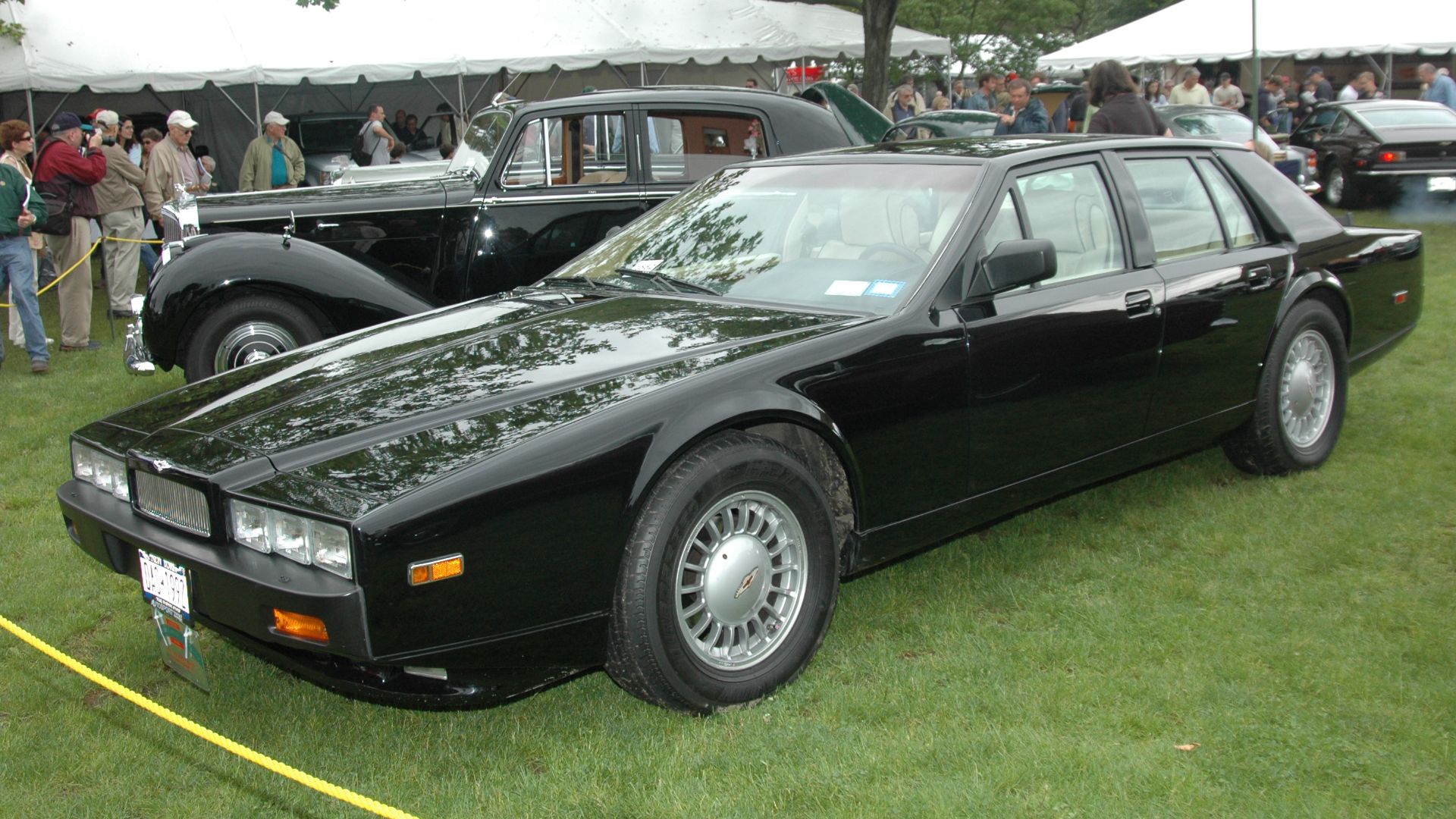 User Jagvar on en.wikipedia on Wikimedia
User Jagvar on en.wikipedia on Wikimedia
7. Volkswagen Golf Mk1–Mk3 (1974–1998)
Few cars define a generation like the Golf now does. However, its early years were far from perfect. Fit-and-finish issues and quality dips plagued the Mk2 and Mk3. Continuous refinement finally turned Volkswagen’s compact into the durable global icon it remains today.
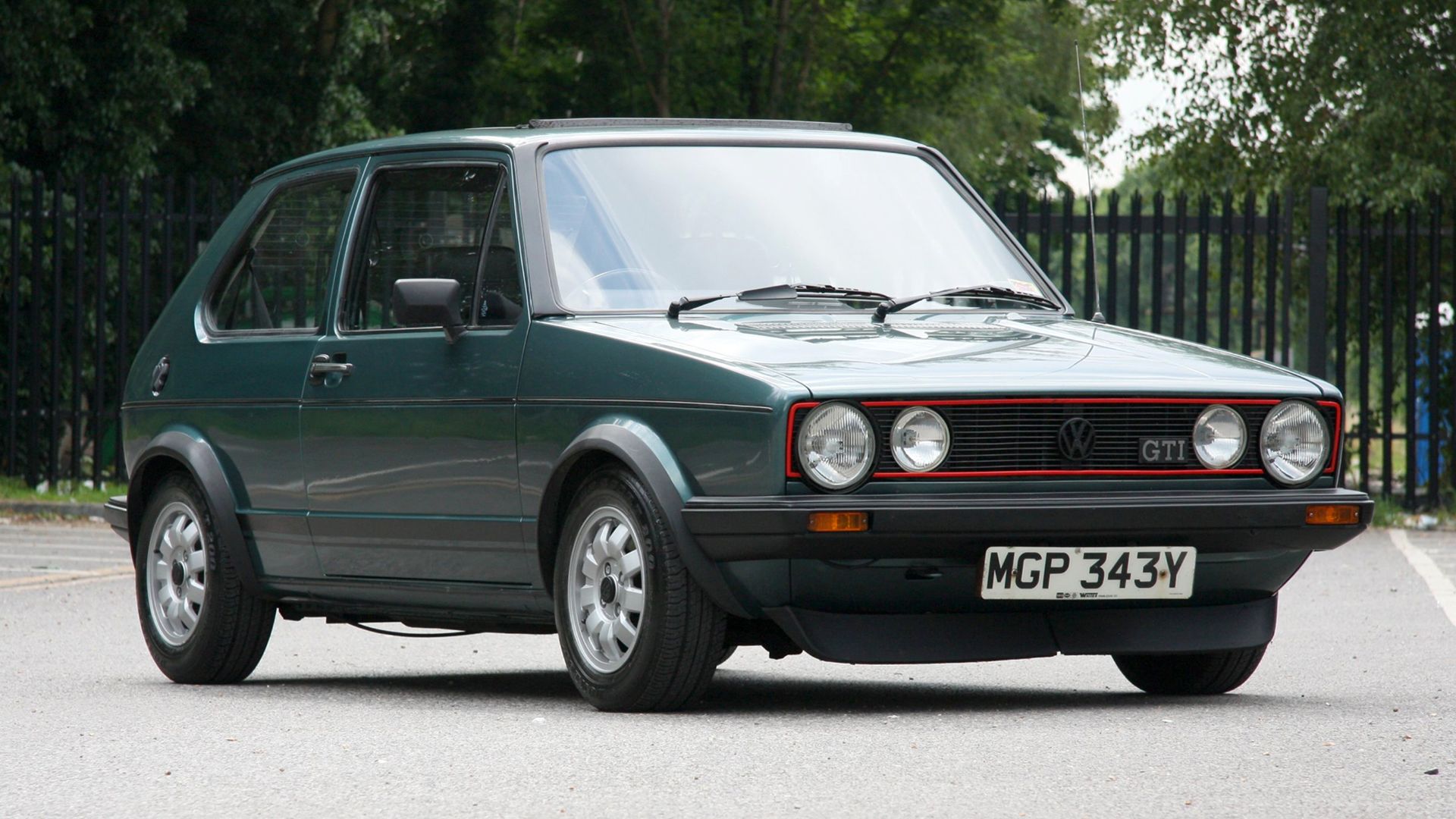 https://www.flickr.com/photos/tonysphotos/ on Wikimedia
https://www.flickr.com/photos/tonysphotos/ on Wikimedia
8. BMW i3 (2013–2022)
Early reactions to the i3 were mixed. Limited range, unusual styling, and a steep price discouraged buyers. BMW persisted through constant updates and battery improvements. The final version delivered what the brand had envisioned all along: a confident, clever electric car that actually worked.
9. Fiat Multipla (1998–2010)
Few cars have been mocked more than the Fiat Multipla. Its bulging headlights and awkward shape drew laughs, but clever design hid inside. Once people discovered its six-seat practicality and smooth handling, the so-called eyesore quietly gained respect as an innovator in disguise.
10. Renault Laguna (1994–2015)
The first Laguna tried to pack luxury and tech into a family car and fell flat. Early buyers faced endless electrical issues. Over time, Renault refined the systems and improved durability, turning a shaky start into one of its more dependable nameplates.
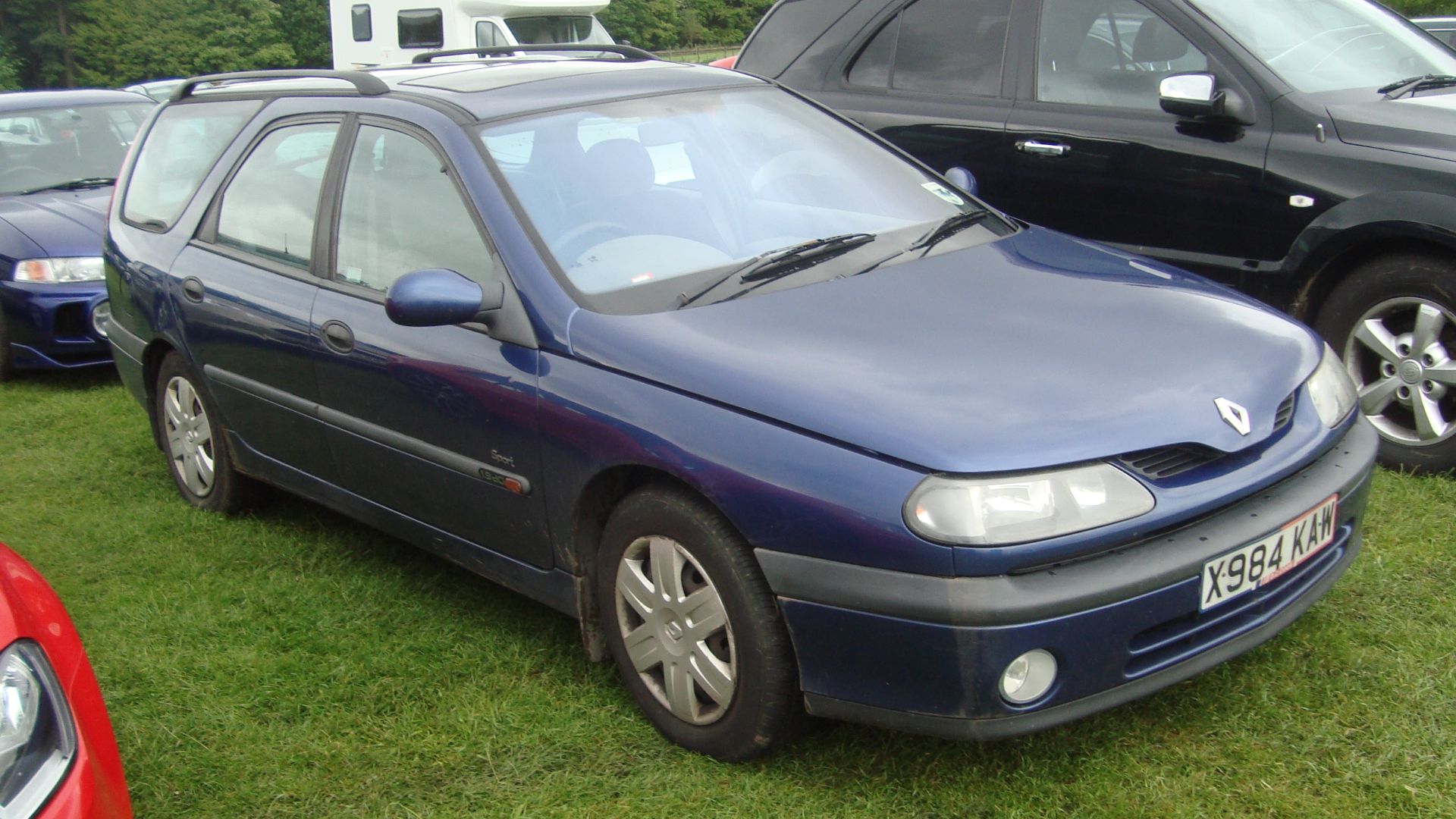 Kieran White from Manchester, England on Wikimedia
Kieran White from Manchester, England on Wikimedia
11. Peugeot 407 (2004–2011)
Drivers didn’t know what to make of the 407’s dramatic nose and bold proportions. The design seemed ahead of its engineering. Later models corrected handling flaws, introduced stronger engines, and restored confidence. So, Peugeot's styling gamble eventually paid off in performance.
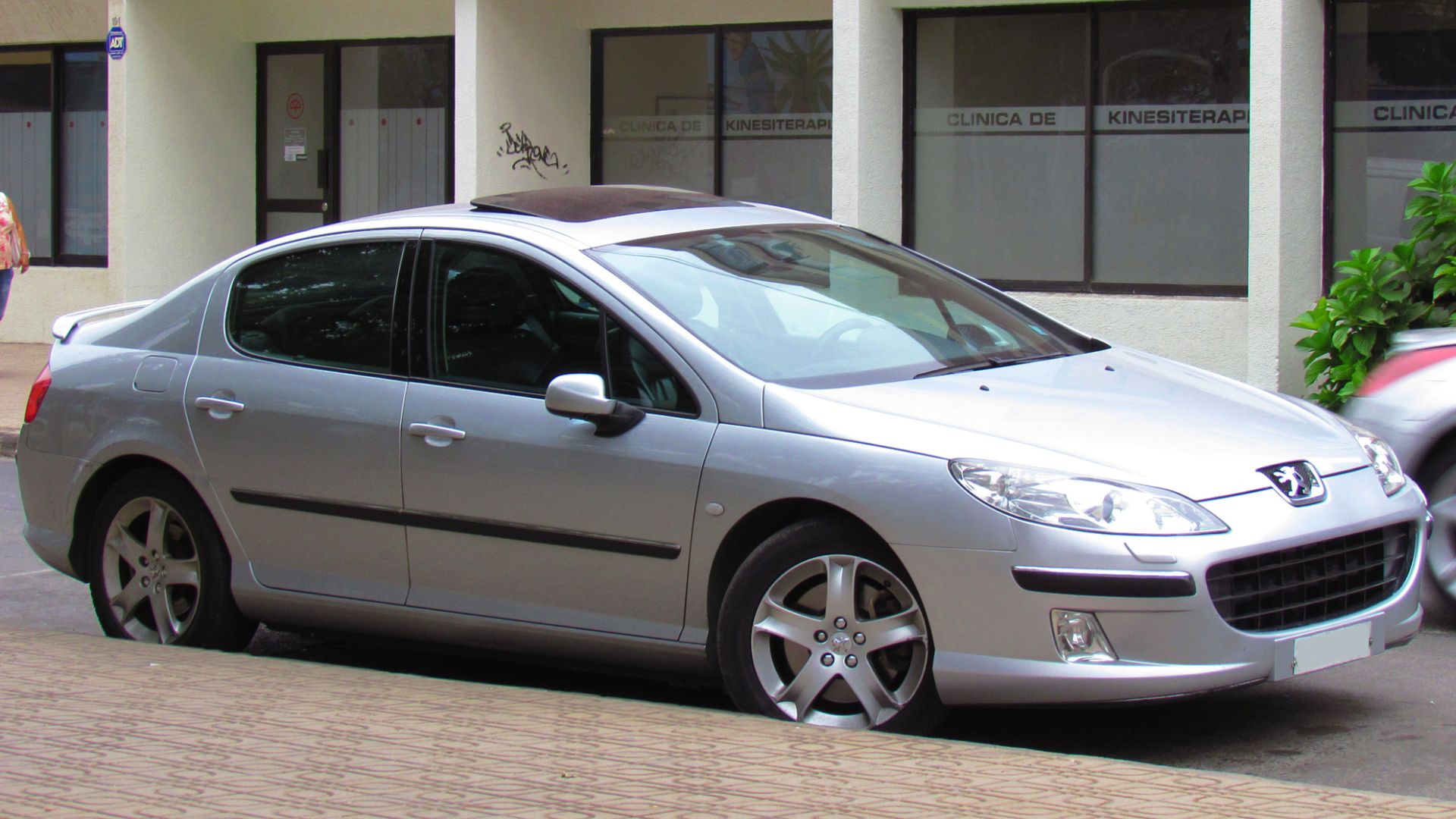 order_242 from Chile on Wikimedia
order_242 from Chile on Wikimedia
12. Hyundai Excel (1985–1994)
The Excel promised an affordable entry into the U.S. market, but it disappointed new owners with fragile parts and rough rides. Thankfully, Hyundai took the criticism seriously, and a string of upgrades followed that improved build quality and reliability.
13. Subaru Impreza (1992–present)
Even though the early Impreza looked ordinary, its standard all-wheel drive set it apart. As Subaru refined suspension, power, and safety through the years, the model evolved from a compact commuter into a rally legend. This defined the company’s image worldwide.
14. Chrysler Sebring (1995–2010)
Convertible comfort and an approachable price once made the Sebring look promising. Owners soon learned the reality: flimsy interiors and lifeless performance. Chrysler then changed its formula, producing the 200. It was a long-awaited sign that the brand had learned from its decade of trial.
15. Citroën BX (1982–1994)
Early versions of the BX suffered from electrical faults and inconsistent assembly that damaged its early image. Citroën responded with step-by-step improvements, reinforcing reliability and comfort. Later, the BX earned a reputation as one of Europe’s most dependable and distinct family cars.
16. Saab 900 NG (1994–1998)
Saab’s partnership with GM brought resources, even though it dulled its individuality. The first 900 NG felt generic next to its predecessor. Engineers responded with tuning updates and stronger safety features. This gradually restored some of the signature Saab hallmarks that drivers had missed.
17. Lancia Beta (1972–1984)
The Beta’s rust scandal almost destroyed faith in Lancia’s craftsmanship. Engineers responded with stronger materials and a sturdier chassis that proved the car’s true capability. Over time, the car’s precise handling and spirited drive helped restore respect for a model once written off.
18. Toyota Supra (A40–A90: 1978–2019)
Few performance icons took as long to perfect as the Supra. It began quietly as a Celica spin-off, only to explode into fame with the A80’s 2JZ engine. Seventeen years later, the A90 revival—crafted with BMW—finally recaptured its lost magic.
19. Honda Insight (Gen 1: 1999–2006; Gen 3: 2018–2022)
Before hybrids were cool, Honda dared to launch a two-seat Insight that baffled drivers. It was brilliant but impractical. Later versions corrected its odd design and refined the tech, which turned that early misfire into a hybrid blueprint that future automakers would follow.
20. Nissan Z-Car (350Z–400Z: 2002–2023)
After years in hibernation, Nissan’s Z comeback promised thrills—and needed patience. The 350Z’s rough edges faded through constant evolution, which led to sharper handling and a richer drive in the 370Z. The 400Z finally fused nostalgia with modern power and closed a decades-long loop.


